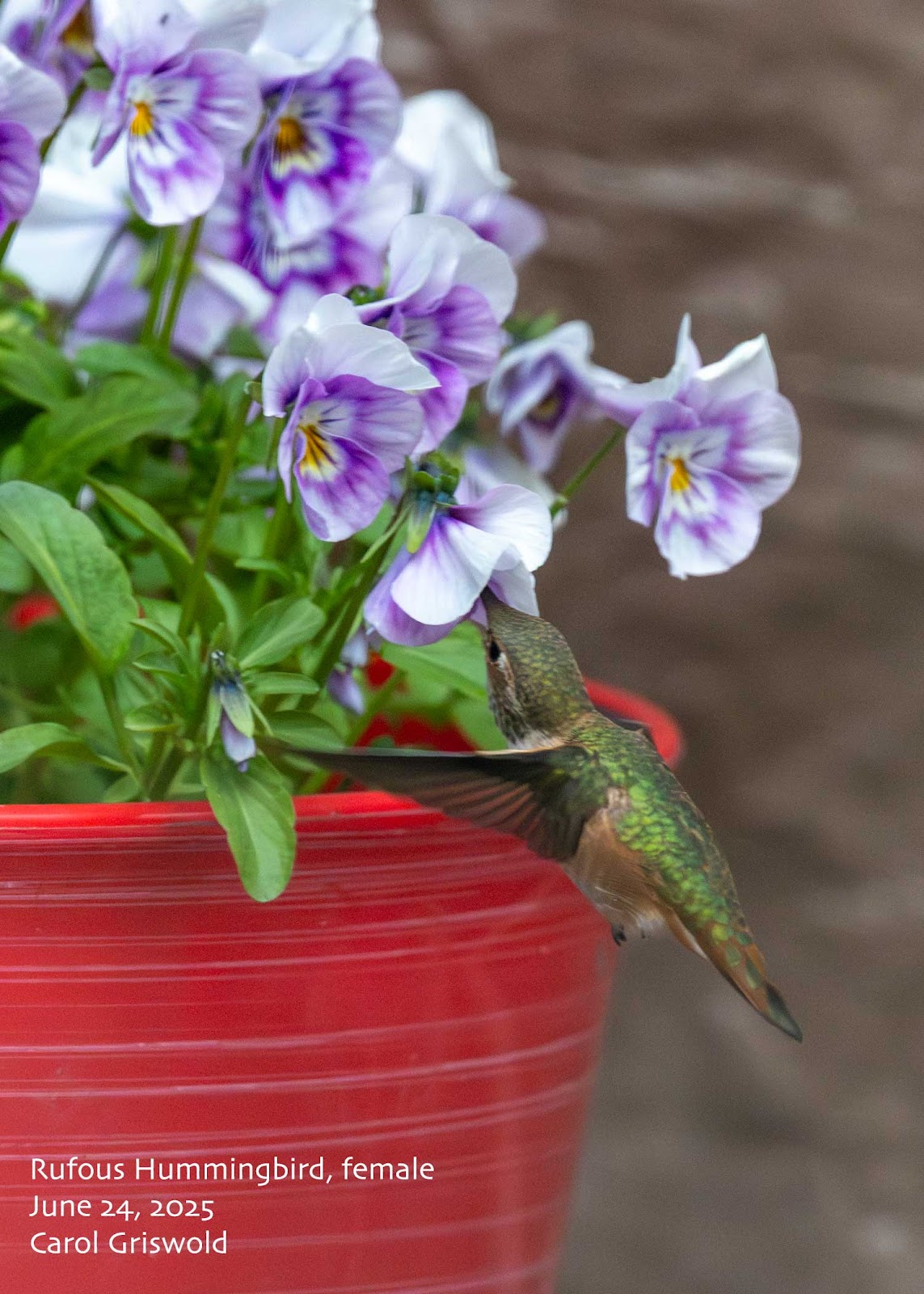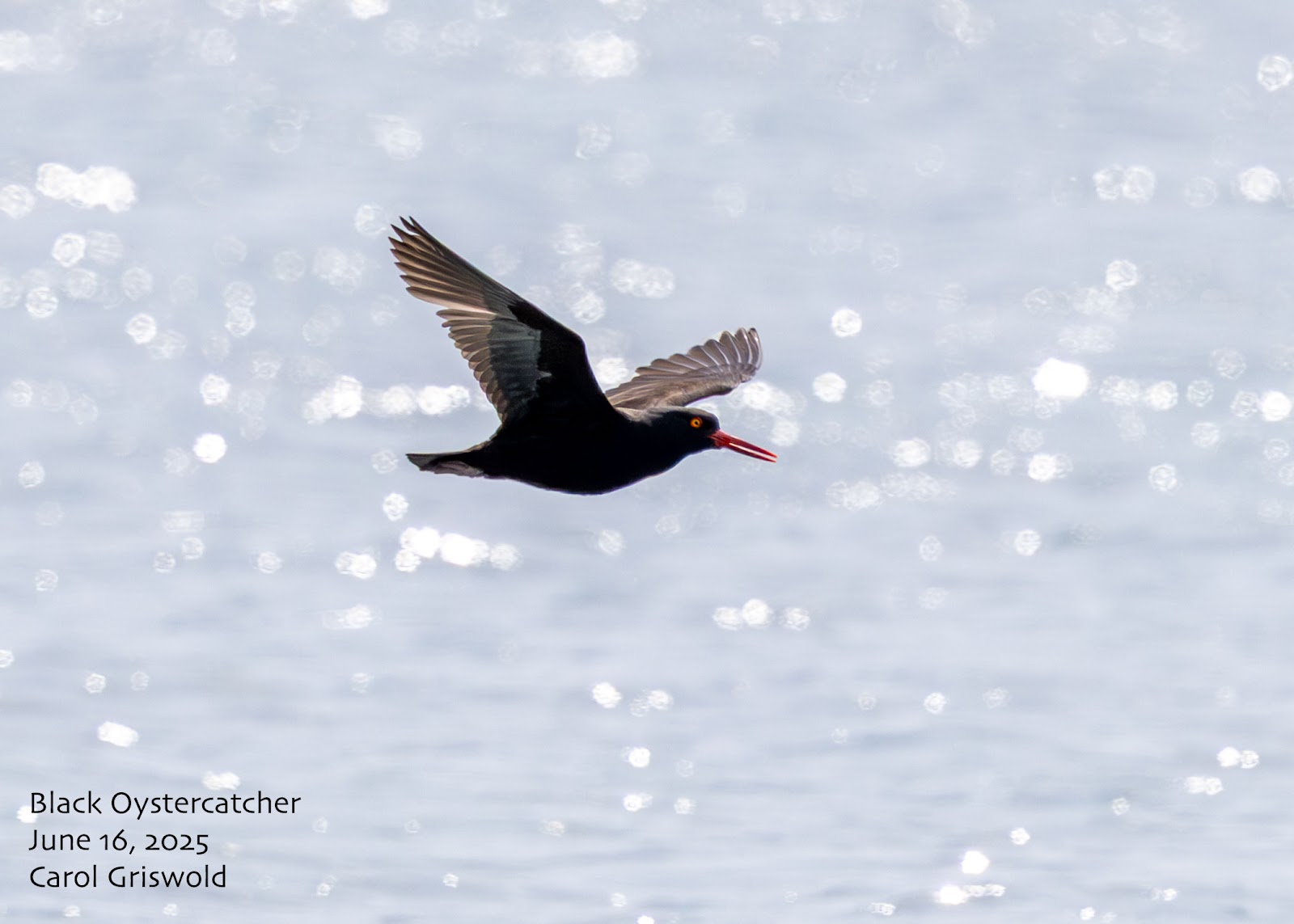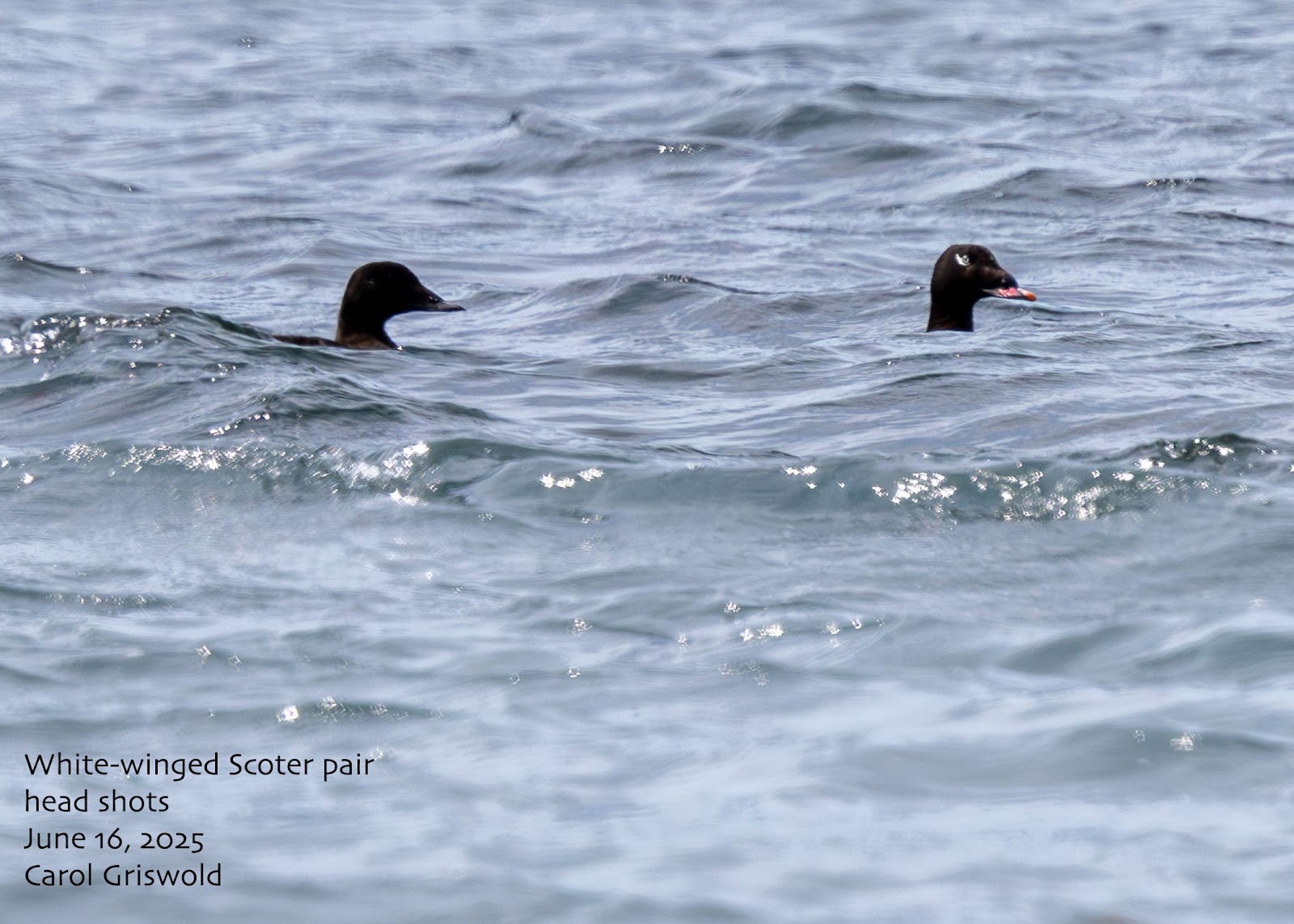Seward, Alaska
June means baby birds and busy parents. I was lucky to watch a few new families at a wetlands.
Ducks seem to have an easier time than songbirds. Single moms like the COMMON MERGANSER with six adorable ducklings, the GADWALL with eight little cheepers, and the AMERICAN WIGEON down to two ducklings, do not have to forage and deliver food.
Once hatched and feathers barely dry, their tiny offspring bravely hit the water and start paddling after mom. She guards them and guides them through plankton soup and water plants hosting tasty invertebrates ready to be plucked.
Meanwhile, the TREE SWALLOWS rack up the miles as they swoop and twirl through the air, beaks open like insect nets, snapping up protein-rich bugs for their babies. Food in and fecal sacs, aka “bird diapers,” out to keep the nest clean, just one more chore on the to-do list.
Parent SAVANNAH SPARROWS chip anxiously from lookouts near their hidden nests in the grass and exchange territorial songs with their neighbors. They glean slow flies from the beach and pluck muddy amphipods for their brood.
While a WILSON’S SNIPE winnowed from high above, a youngster flushed from the grass, just learning to fly. I wonder if a second batch is in the works?
Perilous but hopeful times for these hard-working parents and their treasures. It’s a privilege to see them.
Update: check out this timely article on swallow conservation and the importance of wetlands at
https://www.ducks.ca/stories/biodiversity/lessons-in-habitat-and-hope
Thanks to Professor Emeritus E. Thomas Robinson at Boreal Birder.
Happy Birding!
Carol Griswold
Seward Sporadic Bird Report Reporter

























































